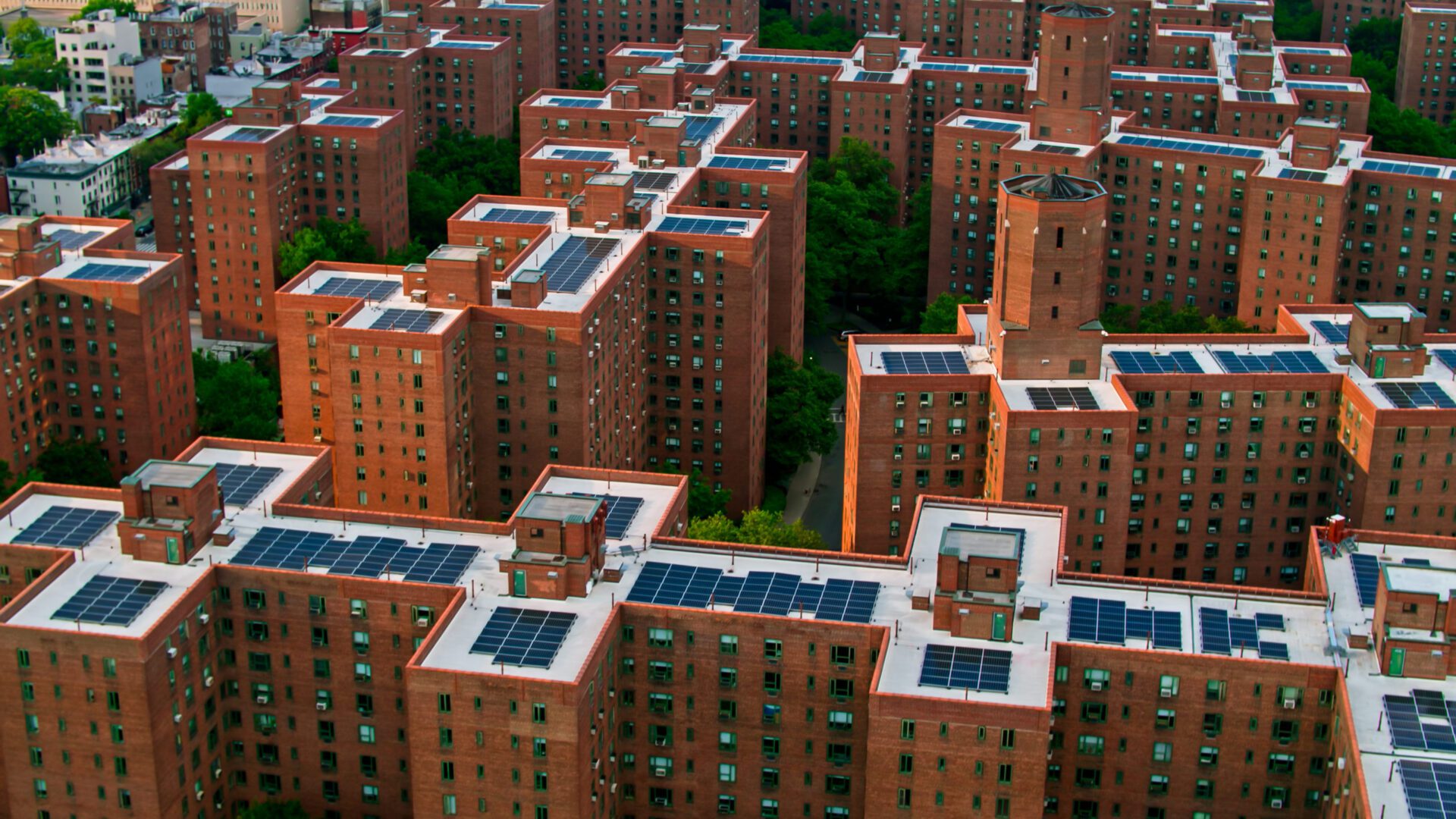Utility customer defection occurs when members or ratepayers use distributed energy resources (DERs), such as solar panels, to generate their electricity instead of relying solely on utility companies. You might see “utility customer defection” called “customer disintermediation,” which means that people have direct access to their electricity instead of going through utility companies that act as intermediary parties. While utility customer defection presents a very real challenge to energy providers, it also presents an opportunity to use emerging prosumer technologies to help meet carbon reduction regulatory goals while enhancing grid reliability through renewable energies.
Utility Customer Defection & the Distributed Energy Resource Market
Not all renewable energy resources are DERs that contribute to utility customer defection. For example, utility customer defection does not occur when a utility company builds a large-scale solar power plant connected to the grid. Defection occurs when individual households and businesses own and control access to power-generating technology. In other words, a rooftop solar system increases the potential for utility customer defection, but a solar farm owned by the utility company does not.
The DER market is growing at an exponential rate, valued at $246.4b in 2020 and projected to hit an astonishing $919.6b by 2030, which is a growth margin of 273.21% in a decade. Utility companies must adapt to these changes or risk falling behind in a rapidly evolving energy landscape challenged by a booming electric vehicle (EV) market, regulatory requirements designed to reflect global decarbonization efforts, and more. Again, while increasing utility customer defection is concerning, industry growth and tech investments prove that DER technologies are here to stay. Fortunately, enterprising utility operations can use prosumer-tech to modernize the grid, enhance customer satisfaction, and generate new revenue streams.
The Growing Role of DERs in Energy Production
Solar power has grown tremendously between 1990 and now. In 1990, utility companies used solar to generate less than 0.1% of their electricity. In 2021, that amount reached 2.8%.
The most growth, however, happened in the consumer sector. As of Q3 2021, about 1 in 600 households add solar systems to their homes every quarter, and that number is poised to expand exponentially, with market projections reaching a global $902.55b by 2028. Solar adoption has become so popular that 13.5% of the electricity generated in the U.S. comes from solar panels and renewable energies.
Commercial and community-based solar adoption has slowed in recent years, potentially because solar farms located in remote areas require expensive cables and infrastructure upgrades to reach consumers. Considering that 96% of U.S. homeowners interested in solar power cite saving money as their top reason, any increases to monthly electricity rates could encourage more households to invest in renewable DER technologies.
More Customer Defection Affects Utility Companies
Increased utility customer defection means that fewer households rely on utility companies to meet 100% of their power needs. That complicates matters for utility companies who are considering investing in renewable resources to meet decarbonization regulations, all with less immediate revenue; or so it would seem. Utilities have responded through legislative actions aimed at curbing the adoption of net metering, but DER market growth and regulations aimed at minimizing carbon emissions mean that prosumer technologies aren’t just inevitable, but here to stay.
The good news, is that utility companies have options. For example, with the right Grid-Edge distributed energy resource management system (DERMS), grid operators can employ behind-the-meter DERs to their advantage as an opportunity to tap into, among other things, the potential of virtual power plants (VPPs). VPPs use solar panels, electric vehicle batteries, and other DERs to access renewable energy sources during peak hours.
Embracing Utility Customer Defection as the Future of Energy Production
Utility customer defection doesn’t have to hurt the energy sector or result in increased electricity rates. Instead, it could play a central role in the future success of utility companies seeking to improve customer engagement and boost revenues.
The solar farms and wind turbines that utility companies invest money in building and supporting aren’t the only path to reaching emissions targets. As more prosumers add solar systems to their homes, we start to see decentralized energy production with the potential to exceed the current amount of solar electricity. Companies can save on the estimated $2.29 million per mile on cables and support infrastructure connecting often remote renewable energy sources like solar panel fields, to their respective communities. Instead, households and utility companies can cooperate in ways that ensure individual homes have the power they need while redirecting excess electricity to the grid.
Utility Customer Defection Conclusion
For utility companies, tech disruption presents unprecedented challenges to pre-existing load shapes as more people install solar systems. To meet global decarbonization efforts, regulatory bodies have set strict deadlines for transitioning to clean energy, meaning that utility companies are in a race to satisfy the environmental regulations necessary to mitigate climate change. Utility customer defection is inevitable as DERs become increasingly affordable and accessible, but that’s okay. The utility companies that embrace this reality will have more opportunities to evolve with the industry and find ways to thrive.






